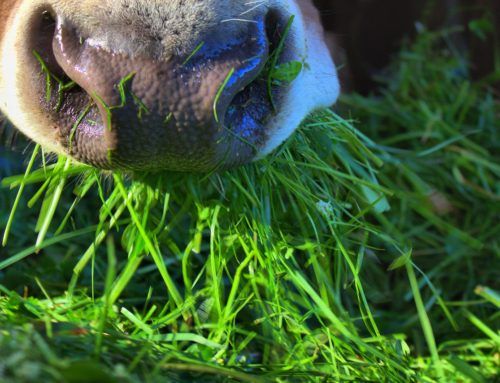Be cautious when turning livestock into pastures with certain warm-season grasses as toxic nitrate and prussic acid can accumulate in drought situations.
“Any plant with the ability to grow quickly can develop a buildup of nitrate and prussic acid, but some forages present a bigger threat than others,” said Jill Scheidt, agronomy specialist with the University of Missouri Extension.
The sorghum family – including sorghum-Sudan hybrids, forage sorghum, Sudan grass, and Johnson grass; and corn – can develop the most buildup of nitrates and prussic acid.
“When there’s a drought, warm-season annuals quit growing but still take up nitrogen from the soil and accumulate nitrates and prussic acid,” Craig Roberts, state forage specialist with MU Extension said. ”Once the drought ends those plants start to grow again and look green and lush, but they’ll be full of toxins.”
Nitrates
According to Scheidt, nitrates tend to accumulate in the lower portion of the stem of warm-season grasses such as, Johnson grass, sorghum, Sudan and corn. Other small grains, millet, soybean, oats, alfalfa, Bermudagrass and tall fescue have potential to develop harmful nitrate levels in their tissue.
“When livestock eats tainted forages, nitrates convert to nitrites, which absorb into the bloodstream and stop the blood’s ability to carry oxygen. Nitrate levels tend to be higher in stems, stalks, and young leaves,” said Scheidt.

Testing For Nitrates
If you’re in Missouri, a simple nitrate presence test can be performed at a county University of Missouri Extension office. Cut the lower 8-12″ of several randomly selected samples. Make sure the samples are fresh; a false nitrate reading can occur if the sample begins to dry out.
“If the samples test positive for nitrate presence, send samples to a lab for qualitative analysis,” said Scheidt.
Read more: https://onpasture.com/2019/08/19/time-to-watch-out-for-nitrate-and-prussic-acid-poisoning/


